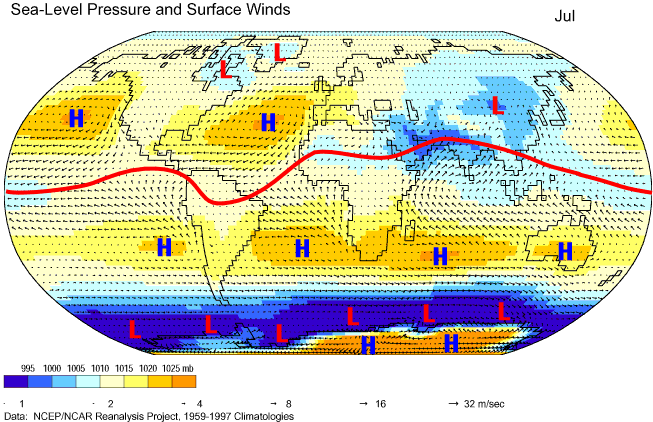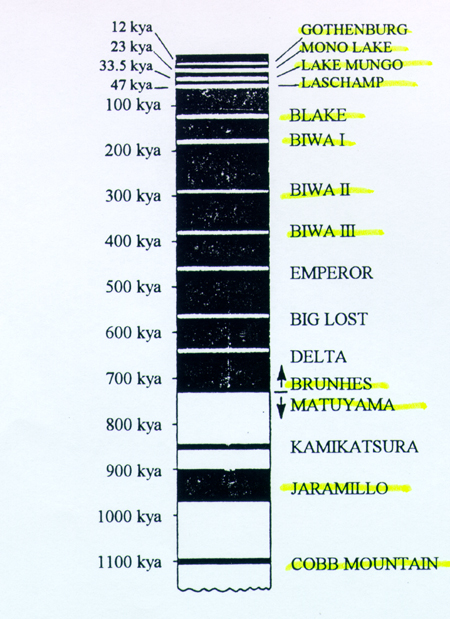I think that the origin of the Earth's magnetic field may be the
atmosphere. The atmosphere generates a small but constant magnetic
field which then drives the larger magnetic field coming from the core.
It has been observed that about 10% of the surface magnetic field may
be due to processes in the Earth's atmosphere. From the web site:
http://www.albany.edu/faculty/rgk/atm101/magnet.htm
"The magnetic field at the surface of the Earth is largely determined by processes within Earth's core. The field generated by these processes is called the Main Field. However, about 10% of the surface magnetic field is due to processes in Earth's atmosphere. This contribution is called the External Field."
Wind currents like the jet stream, generally moves from west to east, and we know that the earth has a large electric field and that charge separation happens in the cloud layers. The charged atmosphere could be considered a large conducting mass moving from west to east and may setup an initial weak magnetic field that helps jumpstart or regulate the field from the larger molten core.
The way that this could work is that the upper atmosphere which contains the strong winds like the jet stream is ionized by incoming cosmic rays which gives the upper atmosphere a positive charge. If a positive charge is moved in a circle from west to east, it would generate the magnetic poles with the same polarity as we see them on Earth. This is in accordance with the known physical properties of charges.You would get the same effect if you swung a bag of positively charged ions around you in a counter-clockwise direction.
If the magnetic field depends on the presence of the atmosphere to generate the initial magnetic field, this would make the very specific prediction that the strength of the magnetic field relies on the atmosphere and rotation.
This predicts that no atmosphere means little magnetism and lots of moving atmosphere means a big magnetic field. I believe this holds true in the solar system. The moon and mercury have little atmosphere and little magnetic field. Mars also has much less atmosphere and magnetic field. Saturn and Jupiter have very large atmosphere and rotation and huge magnetic fields. Venus has lots of atmosphere, but very little rotation. This provides part of the explanation for why some planets have a magnetic field while some do not. See a chart of atmospheric pressure rotation and magnetic fields at:
http://www.astronomynotes.com/solarsys/plantblb.htm
If you examine this chart, you will see that a thick atmosphere appears to be a requirement for a large magnetic field. However, an atmosphere alone does not guarantee that a planet will have a magnetic field. Venus is a notable exception and the winds are very high on Venus, so you would think that an atmosphereic magnetic field would be generated. In this case, I think a rotating molten core may also be required to generate a strong main field. Venus has hardly any rotation, so the core probably cannot sustain any field generated by the atmosphere.
As further evidence of this hypothesis that the Earth magnetic field is
caused by the movement of the atmosphere, look at the following graphic which shows how the Earth's magnetic field pattern appears to flow around the Earth over time. The Earth's magnetic field is not completey uniform. It forms pockets of magnetic pattern which appear to move across the fact of the Earth over time. This graphic comes from the web site:
http://www.gfz-potsdam.de/pb2/pb23/Mag/main.html

surface winds found at the bottom of the web site:
http://www.physicalgeography.net/fundamentals/7p.html

The wind direction on Earth changes greatly from season to season and I have only shown a chart of the weather patterns during July, so I wouldn't expect an exact match of the magnetic field movement with any particular wind speed map generated for a particular month. But I would predict that an overall average should come close to matching up with the magnetic field map.
While the matchup that can be seen between the magnetic field movement and the wind speed is not exact, I think it is beyond coincidence that the Earth magnetic field map has some of the same circulation patterns and appears to be constrained by the position of the continents. This is evidence that the magnetic field is closely related to the atmospheric wind speed.

This may explain the nature of magnetic reversals since magnetic reversals are often associated with the onset of ice ages. Radical changes in the Earth's weather patterns could make winds moving from East to West, dominate winds moving from West to East. This reversal would also cause the entire Earth's magnetic field to flip.